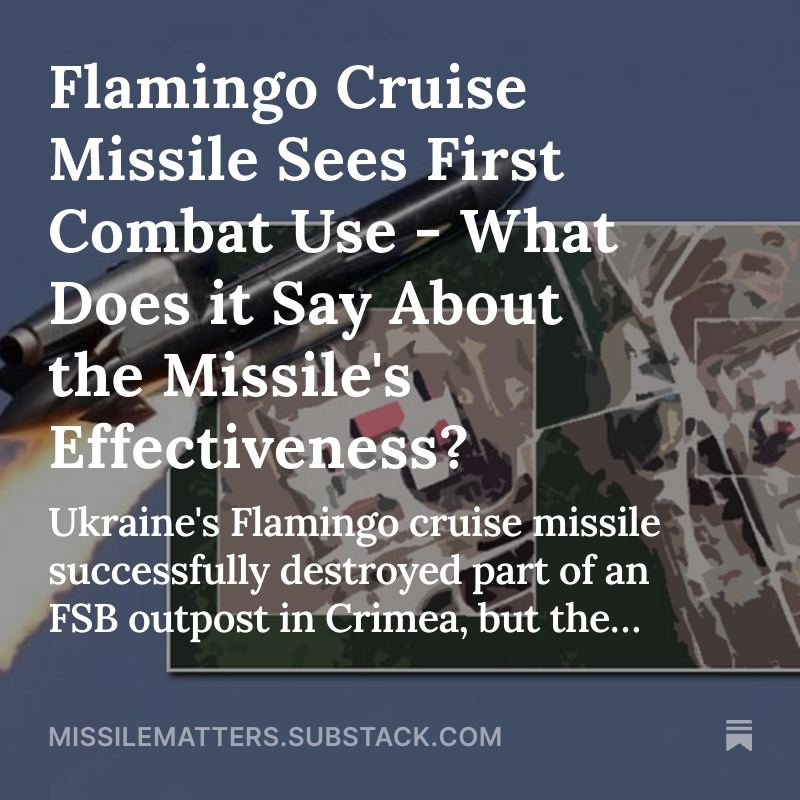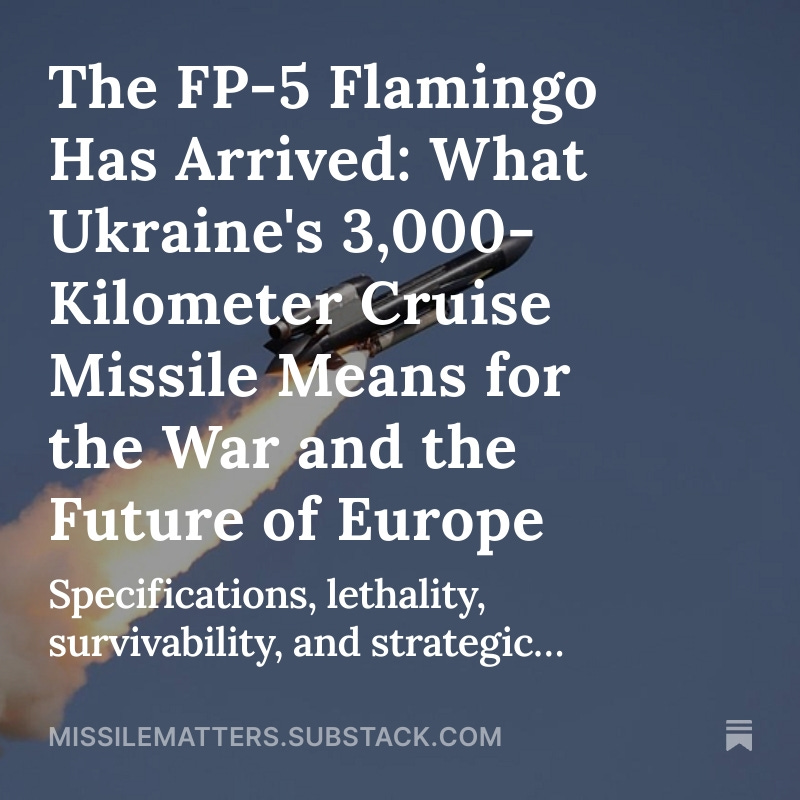Six months ago I wrote a viral thread, arguing that NATO has 2-3 years to prepare for Russia challenging NATO Art 5.
I wanted to revisit the topic for a while. In light of @JDVance1's pick as VP, today seems as good as any.
TLDR: panic should set in. 1/15
I wanted to revisit the topic for a while. In light of @JDVance1's pick as VP, today seems as good as any.
TLDR: panic should set in. 1/15

But first recap, why 2-3 years?
Russia's primary objective in attacking NATO territory would not be to take & hold land - at least initially.
Russia would want to challenge Art. 5 to destroy NATO as a relevant military-political entity, giving it free rain in the future.
2/15
Russia's primary objective in attacking NATO territory would not be to take & hold land - at least initially.
Russia would want to challenge Art. 5 to destroy NATO as a relevant military-political entity, giving it free rain in the future.
2/15
How might 🇷🇺 achieve this?
By initiating small-scale incursions into Eastern Europe, followed by rapid escalation against Western European states to increase the costs of resistance, and coerce them into seeking a settlement.
If Western Europeans falter, NATO is finished.
3/15
By initiating small-scale incursions into Eastern Europe, followed by rapid escalation against Western European states to increase the costs of resistance, and coerce them into seeking a settlement.
If Western Europeans falter, NATO is finished.
3/15
This scenario doesn't necessitate rebuilding a massive land army. In a worst-case scenario, Russia could amass the required forces relatively quickly, even while engaged in a land war in Ukraine.
So, what can we do prevent this scenario? 4/15
So, what can we do prevent this scenario? 4/15
I argued that deterring Russia would require both capability AND demonstrating resolve.
We must make it clear to Russia that we not only have the means to respond, but that we are also absolutely willing to do so, even at great personal cost and risk.
5/15
We must make it clear to Russia that we not only have the means to respond, but that we are also absolutely willing to do so, even at great personal cost and risk.
5/15
I concluded that NATO is not performing well on either front.
Our military buildup is taking too long.
Even worse, we continuously signal to Russia immense levels of risk aversion and pain intolerance.
In January, I estimated that NATO had 2-3 years to turn things around. 6/15
Our military buildup is taking too long.
Even worse, we continuously signal to Russia immense levels of risk aversion and pain intolerance.
In January, I estimated that NATO had 2-3 years to turn things around. 6/15
How do things stand now?
With Vance as the VP pick and considering his previous comments on Ukraine and Europe (along with those of Trump), it's clear that a US withdrawal from NATO—whether formal or through political statements—is fully on the table.
7/15
With Vance as the VP pick and considering his previous comments on Ukraine and Europe (along with those of Trump), it's clear that a US withdrawal from NATO—whether formal or through political statements—is fully on the table.
7/15
While we admittedly can't predict the future and things might turn out better than the worst-case scenario, assuming this as the baseline for your planning is foolish.
We must prepare for complete military and political separation from the USA. Anything else is insane.
8/15
We must prepare for complete military and political separation from the USA. Anything else is insane.
8/15
European states can no longer rely on the availability of US military assets when planning for a potential Russian attack.
This is devastating because the USA not only offers the most overall capabilities but also provides critical capabilities specific to this scenario.
9/15
This is devastating because the USA not only offers the most overall capabilities but also provides critical capabilities specific to this scenario.
9/15
While resolve is often conceptualized as a more political factor, it is directly linked to military capabilities.
You are more likely to show resolve if you are confident you can wage an effective war if things go south.
We know this; Russia knows this. 10/15
You are more likely to show resolve if you are confident you can wage an effective war if things go south.
We know this; Russia knows this. 10/15
Losing access to US military capabilities will not only undermine our capacity to defend ourselves, it will further push the perceived balance of resolve in Russia's favor.
Needless to say, that's very dangerous, as this will ultimately determine weather Putin attacks.
11/15
Needless to say, that's very dangerous, as this will ultimately determine weather Putin attacks.
11/15
In the meantime, we have done very little in Europe to convince Russia of our steadfastness if push comes to shove.
Key Western European states continue to prioritize their own security above all else in regard to Ukraine, demonstrating risk aversion and pain intolerance.
12/15
Key Western European states continue to prioritize their own security above all else in regard to Ukraine, demonstrating risk aversion and pain intolerance.
12/15
Overall, things have taken a turn for the worse since January.
While a Trump Administration might not change the previously given 2-3 year timeframe, it significantly increases the likelihood that Putin will challenge Art. 5 in the years ahead.
13/15
While a Trump Administration might not change the previously given 2-3 year timeframe, it significantly increases the likelihood that Putin will challenge Art. 5 in the years ahead.
13/15
It is paramount that we act, and I want European decision-makers to panic.
Not the kind of panic that paralyzes you, but the kind that triggers your fight-or-flight instinct—and you choose to fight.
Don't wait until November 2024. Start acting now.
14/15
Not the kind of panic that paralyzes you, but the kind that triggers your fight-or-flight instinct—and you choose to fight.
Don't wait until November 2024. Start acting now.
14/15
Build up your militaries. We don't need war-capable European armies in 2030; we needed them yesterday.
Most importantly, our actions in the coming months and years will determine not only whether the war in Ukraine escalates but also whether we are next.
Act accordingly. 15/15
Most importantly, our actions in the coming months and years will determine not only whether the war in Ukraine escalates but also whether we are next.
Act accordingly. 15/15
• • •
Missing some Tweet in this thread? You can try to
force a refresh











